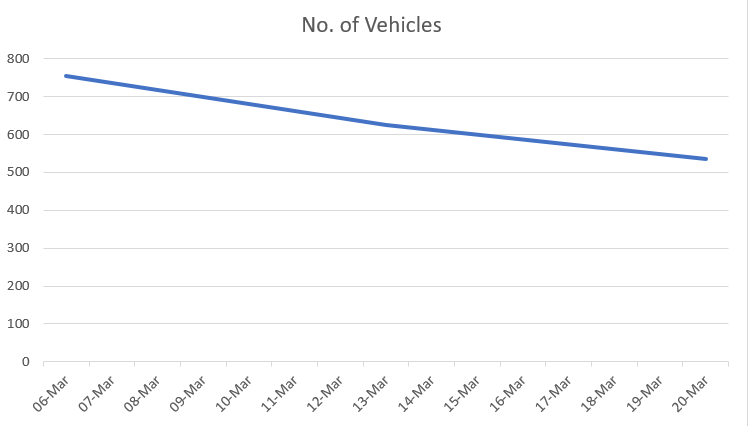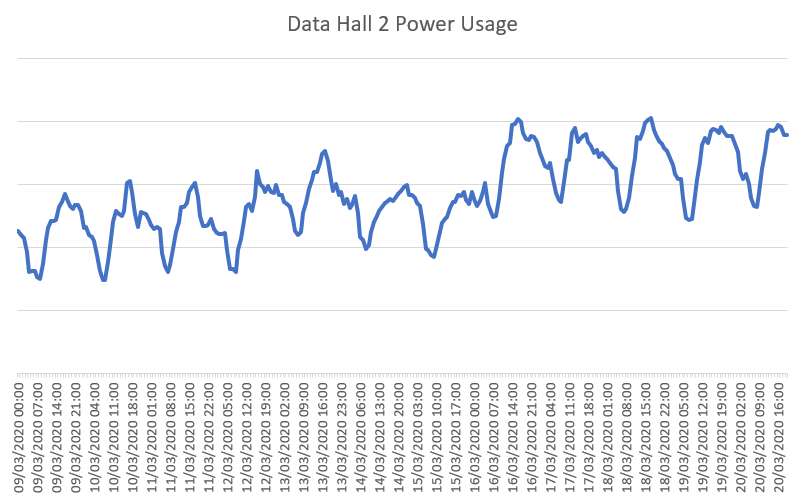The data centre perspective on Covid-19 by Amito CEO, Ed Butler
Published 27th March 2020
This current situation that we are navigating as businesses and as humans, is a once in a generation event. One of those unprecedented situations that we have never experienced before and hopefully never will again in our lifetime.
The impact to society is huge, taking its toll on the wider economic landscape, and affecting all of us as individuals in many different ways. I’m a father of four primary school age children and we are navigating the challenges that brings – I’m also a business owner. As the CEO and founder of Amito – cloud and colocation provider and owners of Reading’s largest data centre – I wanted to share a few insights from my perspective as a data centre and hosting provider.
Data centres are a key part of our national infrastructure. Every time you complete a banking transaction, order your food shopping online, stream a film, or check the NHS website for advice, you are using a data centre. In fact, there is normally a chain of data centres in each one of these transactions, and because the reach is so broad, as an infrastructure provider what we see is a snapshot of the economy – and we are seeing some big changes. We collect masses of information in the data centre, from voltages and temperatures, air pressure and fuel levels, to visitor and vehicle counts. One of the obvious changes we’ve seen is a significant reduction in vehicles coming to our Reading data centre. Here is what the last three weeks look like:

Just 3 weeks ago we had 754 vehicles through our gates, this has steadily declined of course, as more and more people work from home, and non-essential meetings and travel is advised against. Last week we reported 535 vehicles – that’s nearly a 30% drop in activity. This is pretty much to be expected as we’ve also encouraged our clients to use our remote hands services, and cut down to all but our essential staff in the data centre.
Whilst vehicle counts have gone down, we’ve seen power usage increase. Here’s an example of one of our data halls in the last two weeks; a noticeable increase in power usage from the tail end of last week. (Which, anecdotally, matched my experience of commuting via Reading train station.) This means the servers within the data hall are working harder, serving more requests. The regular up and down of the graph is typical day/night differences as the servers do less at night.

Other changes can be seen in the way different businesses that use data centre services are responding to the current situation, for example one client providing video conferencing services needed urgent additional capacity as their customers raced to move to virtual working, another client whose end users are primarily in the leisure industry are having to reassess and re-engineer their strategy to cope with the changing government guidelines. We are also being approached by businesses who are finding that turning up the dial on infrastructure is testing their budgets to the limit and they desperately need to find cost effective solutions, and those that have on-premise servers that are now inaccessible are navigating the pain for their teams who can’t get to their kit.
My key advice for any business finding themselves in need of extra capacity or thinking they need more support over the coming weeks and months, do it now rather than later. Inevitably lead times with your provider will be longer, teams will be stretched and demand is high – it’s essential to forward plan as much as possible.
These are testing times, and we are all implementing strategies that we couldn’t have foreseen just a couple of months ago. There’s no doubt, the last couple of weeks has put significant pressure on our team here, responding to customers, managing support and remote hands operations in these new restricted working models. I’m incredibly proud of how everyone has responded to our clients’ rapidly evolving needs in this time, keeping their essential online infrastructure in top operating condition.
